Introduction
The camera is one of the most ubiquitous pieces of technology we have in our lives today. We rely on it for capturing memories, recording events, and taking photos for art and business purposes. But when was the camera invented? How has it evolved over time? This article will explore the history and evolution of the camera and discuss its revolutionary impact on society.
A Historical Look at the Invention of the Camera
To understand the invention of the camera, we must first define what a camera is. A camera is an optical instrument that captures images through the use of light. It is made up of several components including a lens, a shutter, and film or a digital sensor.
Now that we know what a camera is, let’s take a look at the history of its invention. What was the first camera? Who invented the camera? And what were the early cameras like?
What Was the First Camera?
The first camera was the camera obscura, which dates back to ancient Greece and China. This device used a pinhole or lens to project an image onto a surface. However, this device was not used to capture and store images; it was mainly used for drawing and sketching.
Who Invented the Camera?
The modern camera as we know it today was invented by French inventor Louis Daguerre in 1839. He developed the daguerreotype, the first practical photographic process. This process used a silver-plated copper sheet coated with iodine vapor to create a direct positive image.
What Were the Early Cameras Like?
Early cameras were large, bulky, and expensive. They were also difficult to use because they required long exposure times and had limited focusing capabilities. The first cameras were made of wood and metal and had bellows to help focus the lens. As technology improved, cameras became smaller and lighter, making them easier to use and more accessible to the general public.
The Evolution of Photography: Tracing the Invention of the Camera
Before the invention of the camera, people were already experimenting with ways to capture images. Let’s take a look at some of the key developments in pre-camera photography and how they led to the invention of the camera.
Pre-Camera Photography
In the 16th century, artists such as Leonardo da Vinci experimented with camera obscura devices to help them draw better. In the 17th century, scientists such as Robert Boyle used these devices to study the behavior of light.
Development of the Camera Obscura
In the 18th century, Johann Zahn developed the first portable camera obscura. This device was used to capture images on paper or canvas. It was still a primitive device, but it laid the groundwork for the development of the modern camera.
The Invention of the Daguerreotype
In 1839, Louis Daguerre invented the daguerreotype, the first practical photographic process. This process used a silver-plated copper sheet coated with iodine vapor to create a direct positive image. This process revolutionized photography and paved the way for the development of other photographic processes.
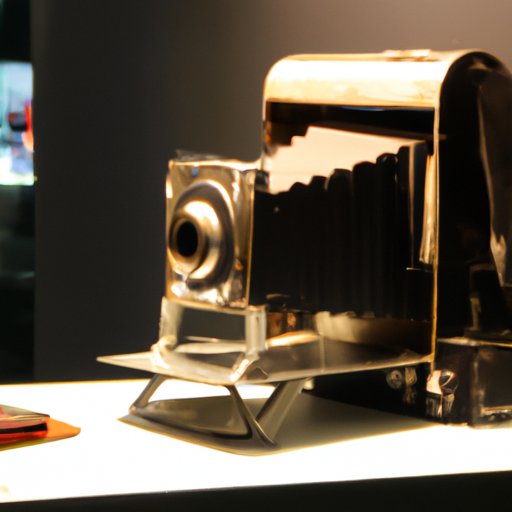
The Birth of Modern Photography
In the 1840s, William Henry Fox Talbot invented the calotype, a negative-positive process. This process allowed photographers to produce multiple copies of an image from a single negative. This process was the precursor to modern photography and opened up new possibilities for the medium.
When Was the Camera Invented and How Has It Changed?
Now that we know the history of the invention of the camera, let’s take a look at its evolution over time. Here is a timeline of the invention of the camera and how it has changed over the years.
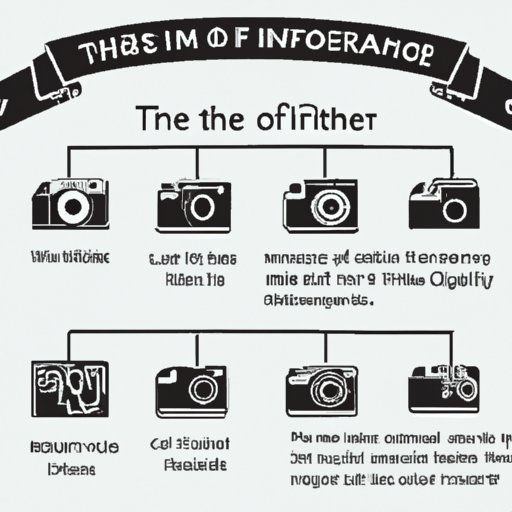
Timeline of the Invention of the Camera
1839: Louis Daguerre invents the daguerreotype, the first practical photographic process.
1840s: William Henry Fox Talbot invents the calotype, a negative-positive process.
1888: George Eastman develops the Kodak camera, the first consumer camera.
1948: Edwin Land develops the Polaroid camera, the first instant camera.
1975: Sony releases the first consumer video camera.
1981: Sony releases the first consumer digital camera.
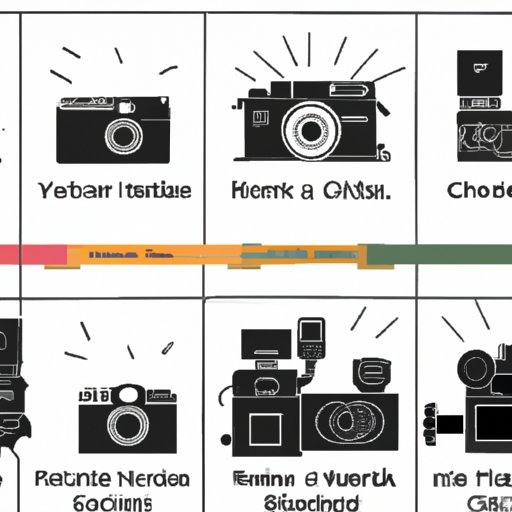
How the Camera Has Evolved Over Time
As technology has advanced, so too has the camera. Cameras have become smaller and lighter, making them easier to use and more accessible to the general public. Digital cameras have replaced film cameras, allowing photographers to instantly view their images and make adjustments as needed. With the advent of smartphones, cameras are now more widely available than ever before.
A Timeline of the Birth of Photography: When Was the Camera Invented?
Let’s take a closer look at the development of the camera and how it has changed over the years.
Early Cameras
The earliest cameras were large, bulky, and expensive. They also had limited focusing capabilities, requiring long exposure times. The first cameras were made of wood and metal and had bellows to help focus the lens.
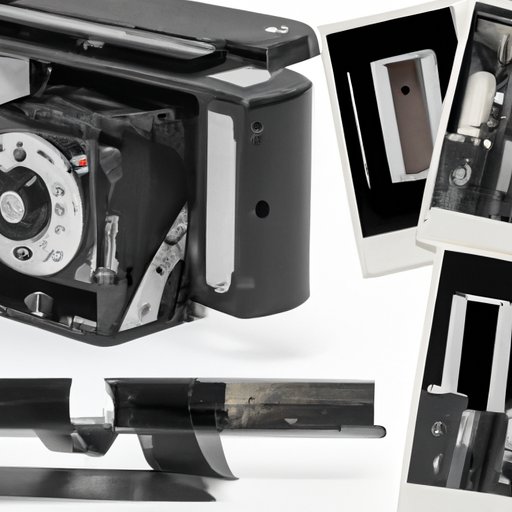
Development of the Kodak Camera
In 1888, George Eastman developed the Kodak camera, the first consumer camera. This camera used roll film and was small enough to fit in your pocket. This camera revolutionized photography and made it more accessible to the general public.
Digital Photography
In 1981, Sony released the first consumer digital camera. This camera used a charge coupled device (CCD) to capture images digitally. Since then, digital cameras have become increasingly popular, with smartphone cameras becoming the norm.
The Revolutionary Impact of the Camera: A Look at Its Invention
The invention of the camera has had a profound impact on our lives. From art to business, the camera has changed the way we interact with the world. Let’s take a look at how the camera changed art, society, and business.
How the Camera Changed Art
The invention of the camera changed the way artists created artwork. Photographers were now able to capture images quickly and accurately, allowing them to create works of art that were not possible with traditional methods. This changed the way we view and appreciate art.
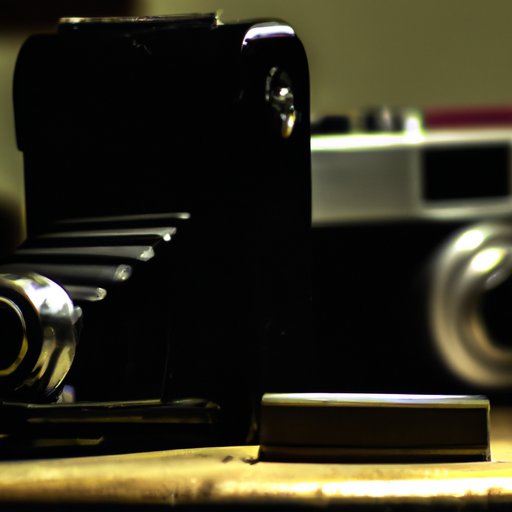
How the Camera Changed Society
The invention of the camera changed the way we communicate and document our lives. Photographs allow us to capture moments and share them with others, creating a visual record of our lives. This has had a profound impact on society and the way we interact with each other.
How the Camera Changed Business
The invention of the camera has also changed the way businesses operate. Companies can now use photographs to promote their products and services, creating powerful visual messages that reach a wider audience. Photos are also used for advertising, marketing, and documentation purposes.
Conclusion
The invention of the camera has had a profound impact on the world. From its invention in the early 19th century to its evolution into digital photography, the camera has changed the way we view and interact with the world. It has changed art, society, and business, opening up new possibilities and opportunities. The invention of the camera is truly a revolutionary moment in history.
(Note: Is this article not meeting your expectations? Do you have knowledge or insights to share? Unlock new opportunities and expand your reach by joining our authors team. Click Registration to join us and share your expertise with our readers.)
